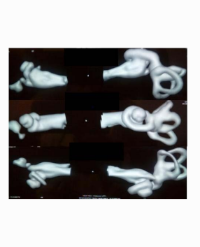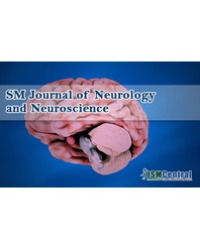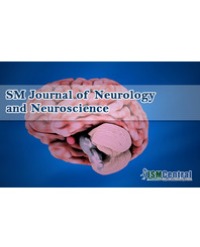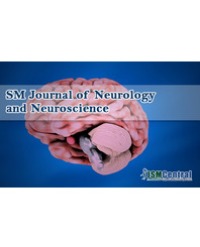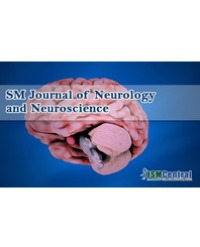
Treatment Avenues for the Juvenile and Adult Onset Mitochondriopathies Alpers Syndrome, Ataxia Neuropathy Spectrum, MEMSA and PEO Caused by Polymerase-Gamma Mutations Ala467Thr and Trp748Ser
Defects in the only human mitochondrial polymerase, the Polymerase Gamma (Polγ) encoded by the POLG gene, cause mitochondriopathies like Alpers Syndrome or MEMSA typically leading to medication resistant fatal seizures. Pathomechanistically, depletion of mitochondrial DNA leads to mitochondrial malfunction. Depending on the mutation and the degree of mitochondrial DNA depletion, age of onset can vary between 30 days and 64 years, but most children affected decease within infancy (overall median age of death 3.5 years). Here we review therapeutic avenues for patients with the two most frequent mutations, Ala467Thr and Trp748Ser. In these patients symptoms appear at a relatively late age (median 14 and 17 years, respectively) and patients also decease at a relatively late age (median 20 and 25 years, respectively) when homozygous for one of these mutations. Proposed treatments may also be beneficial for other mitochondriopathies like Friedreich Ataxia.
Hans Zempel¹˒²*, Bernard Sadzot³ and Natja Haag⁴*


